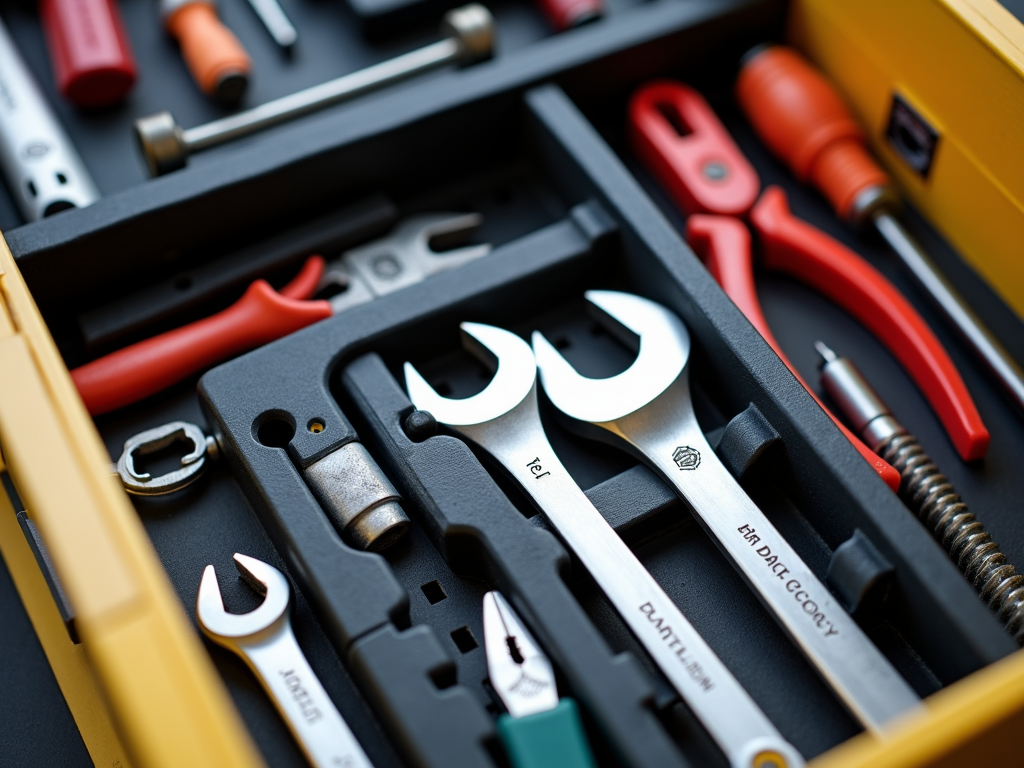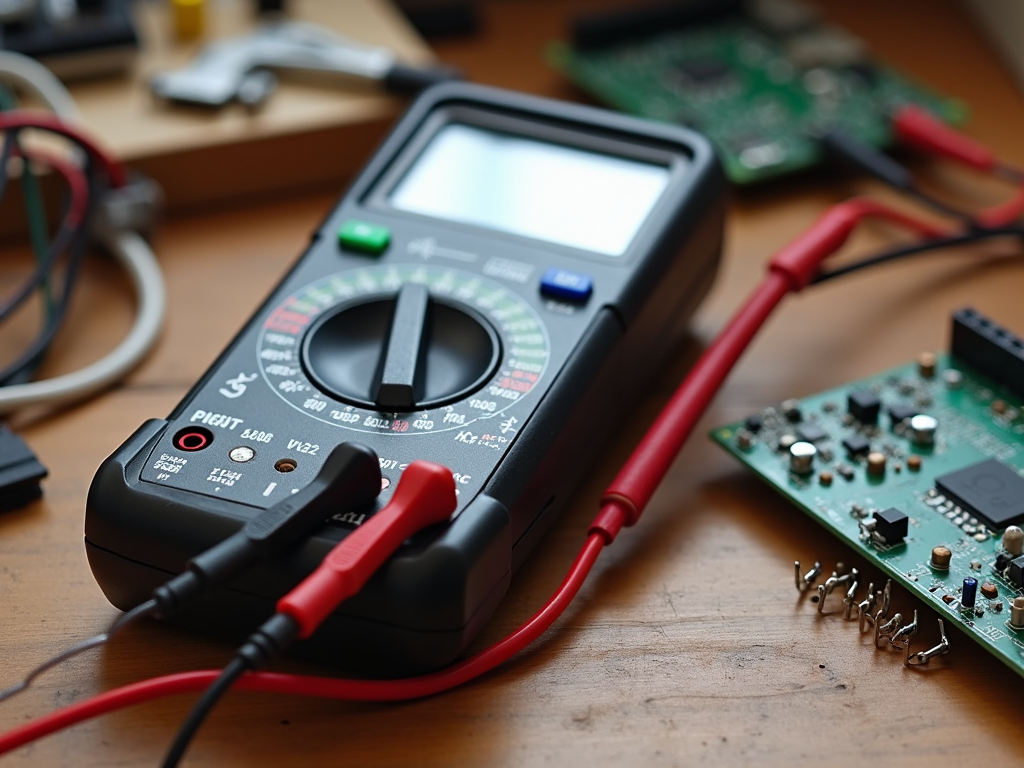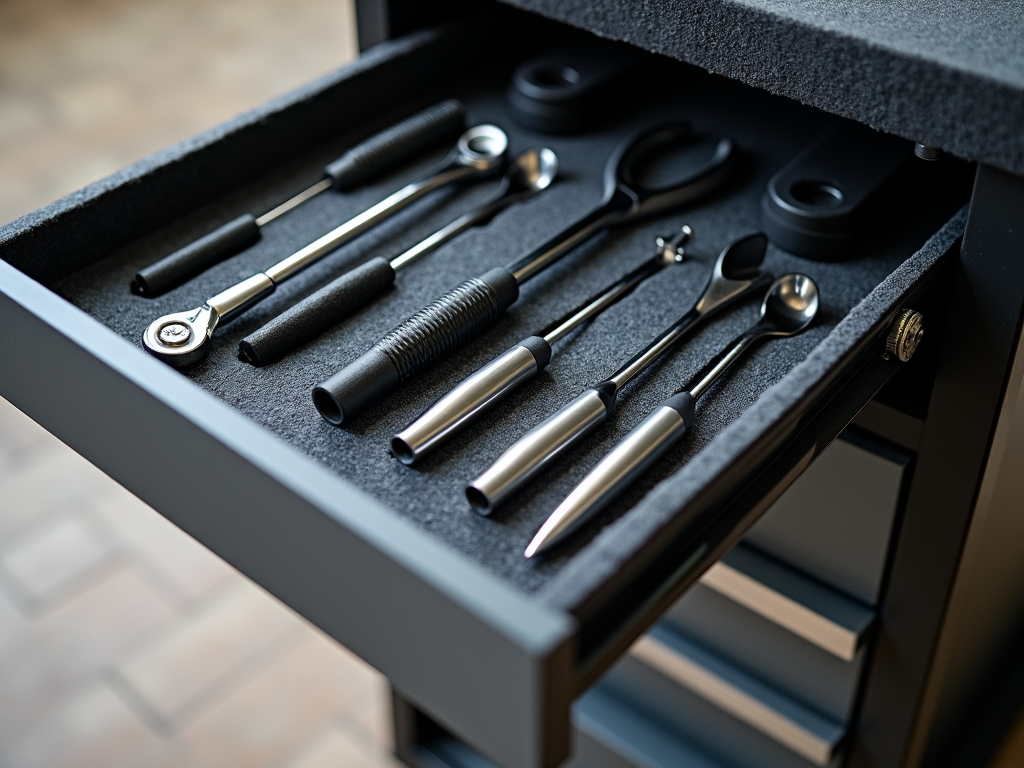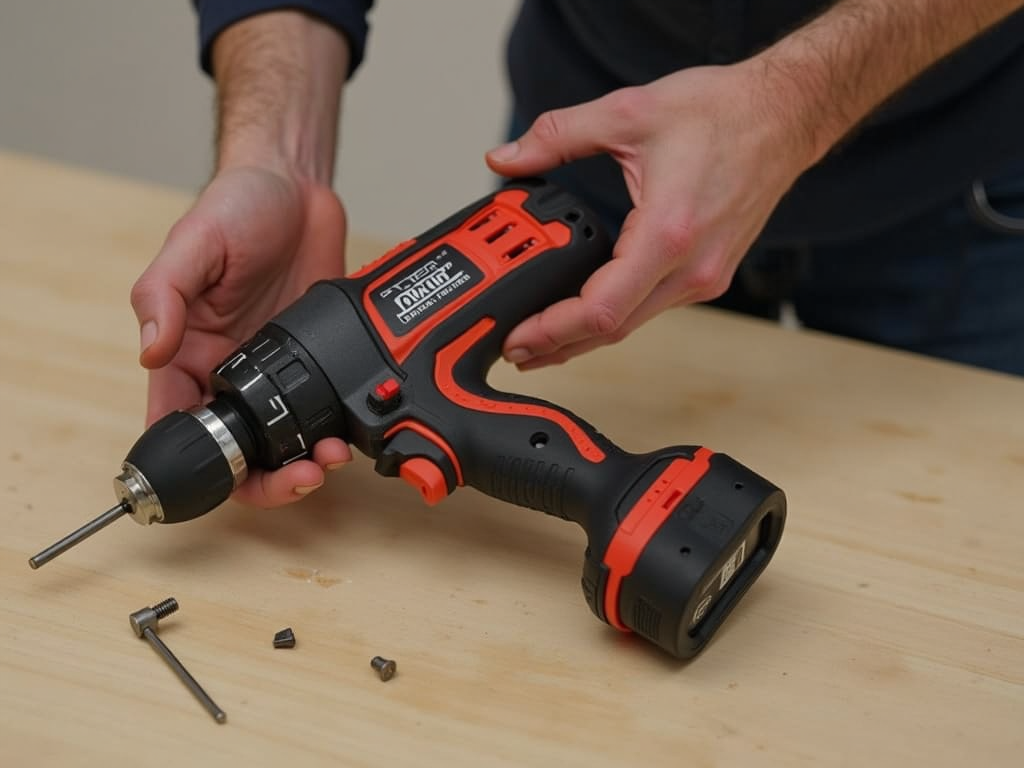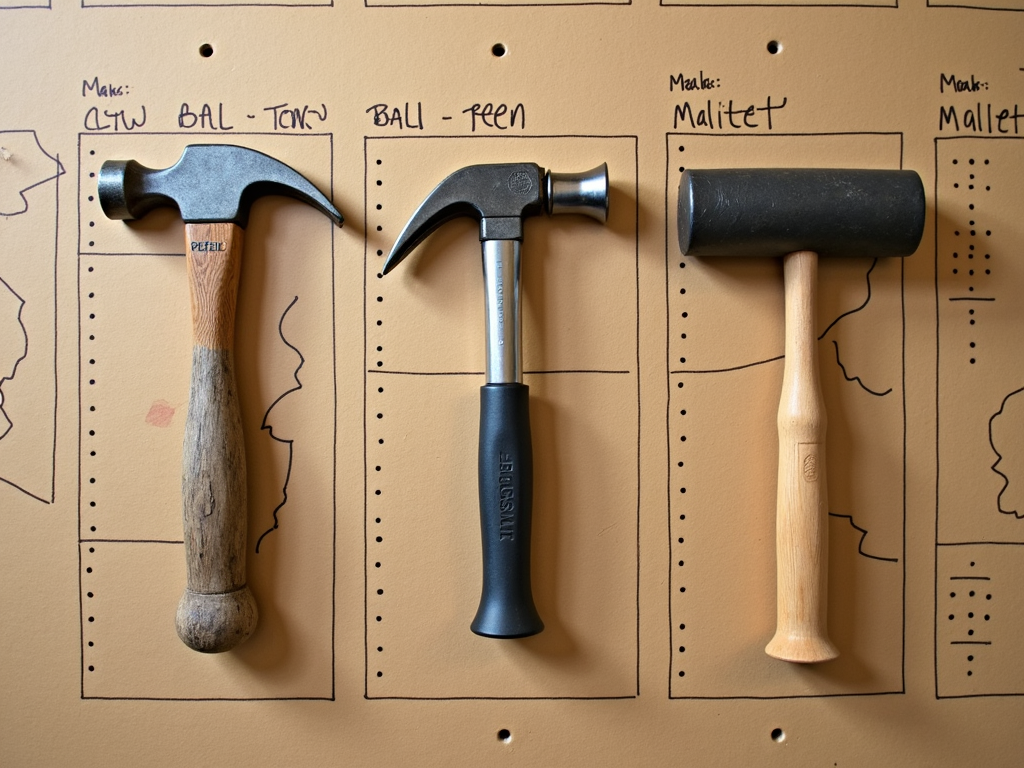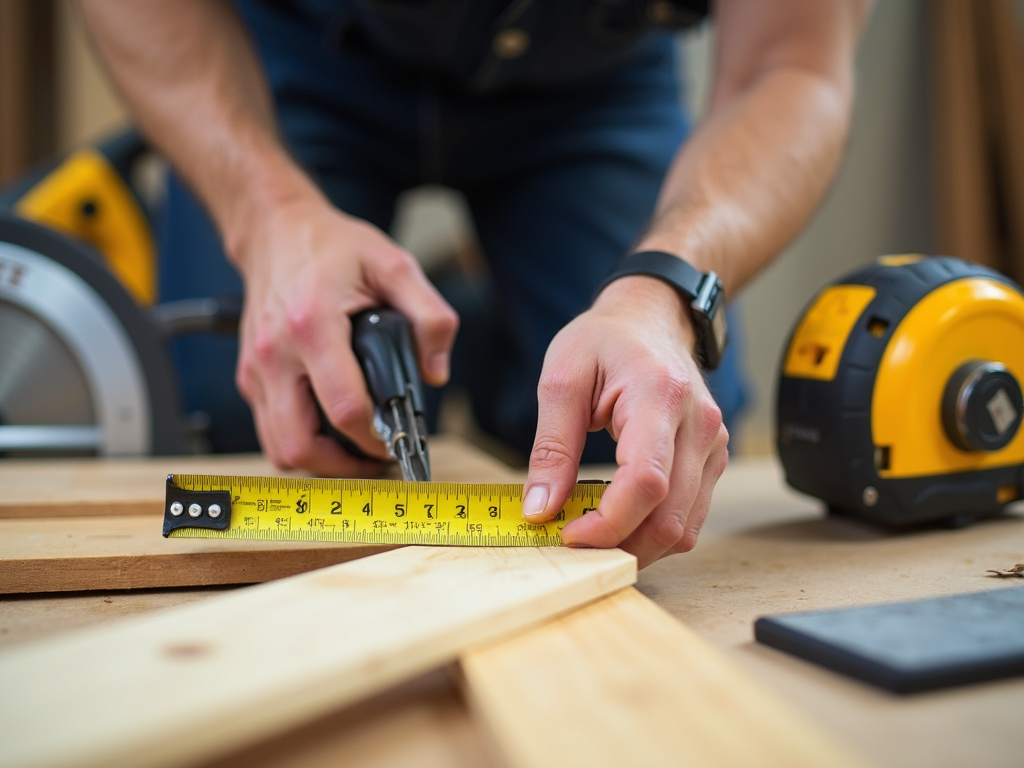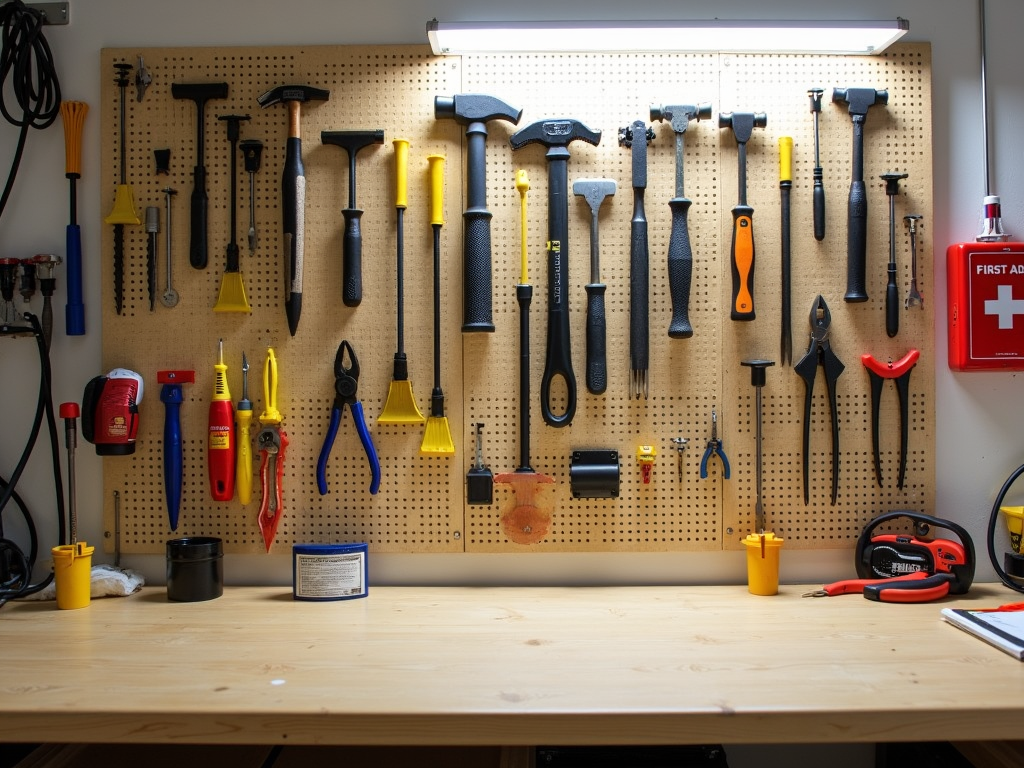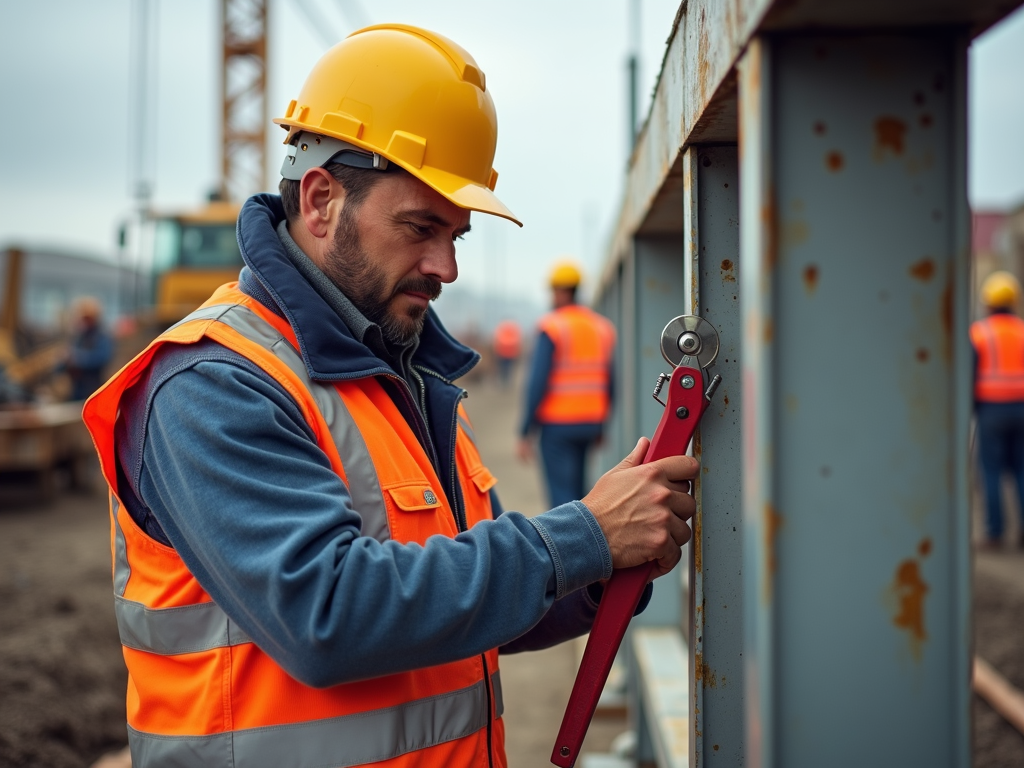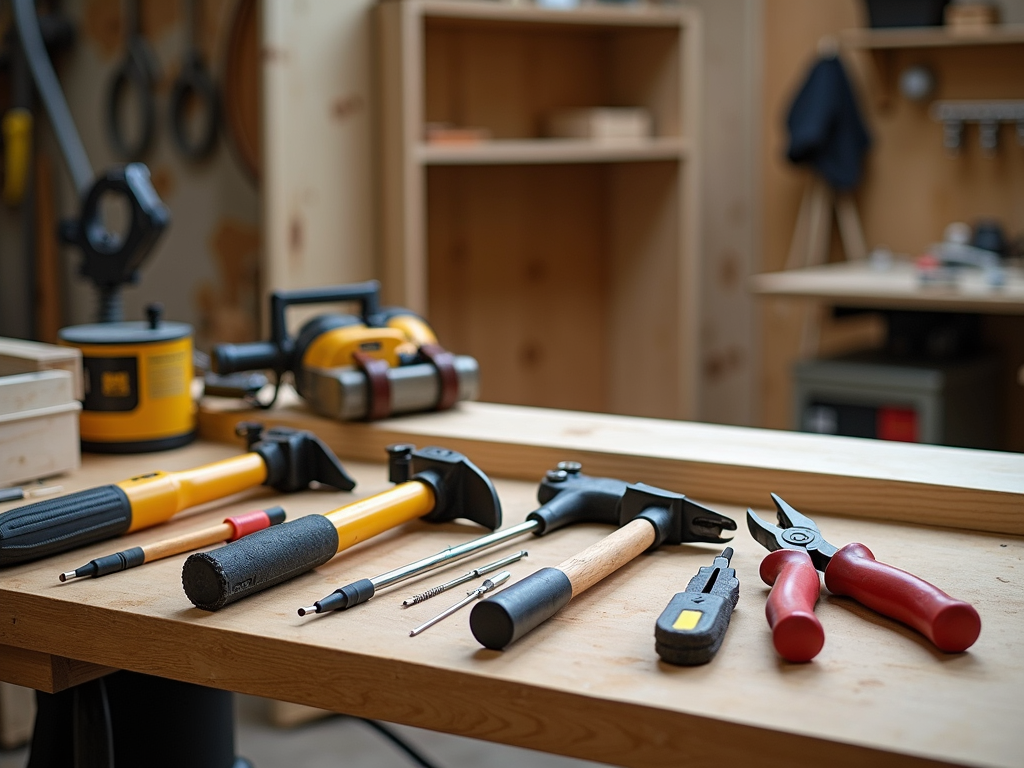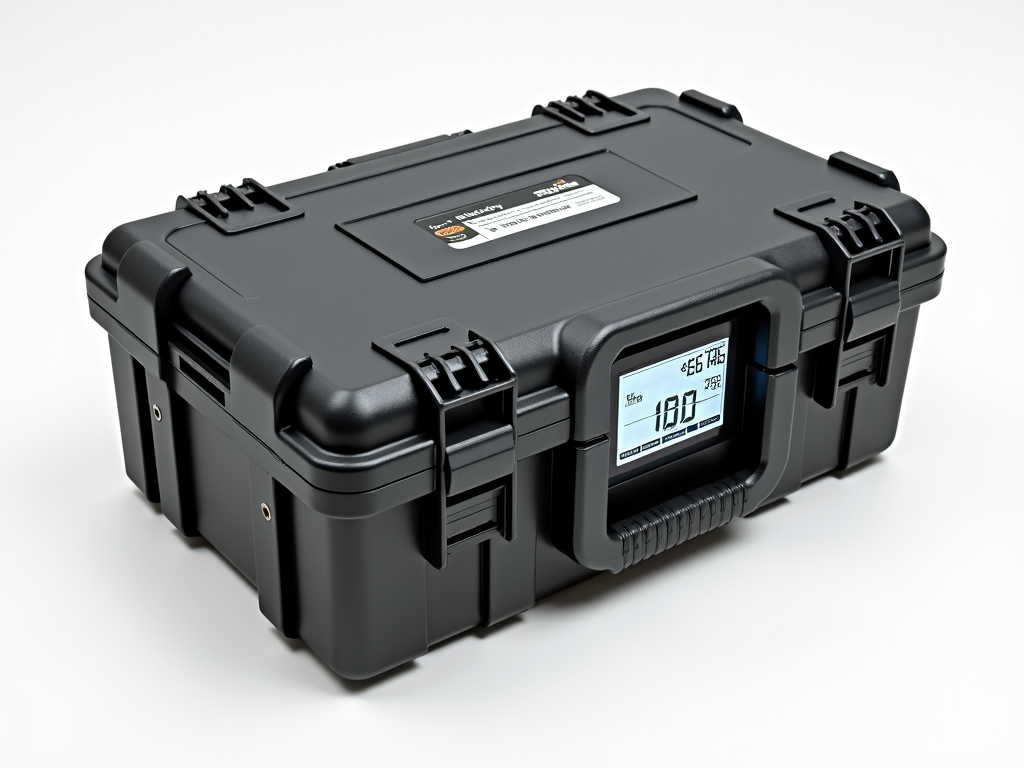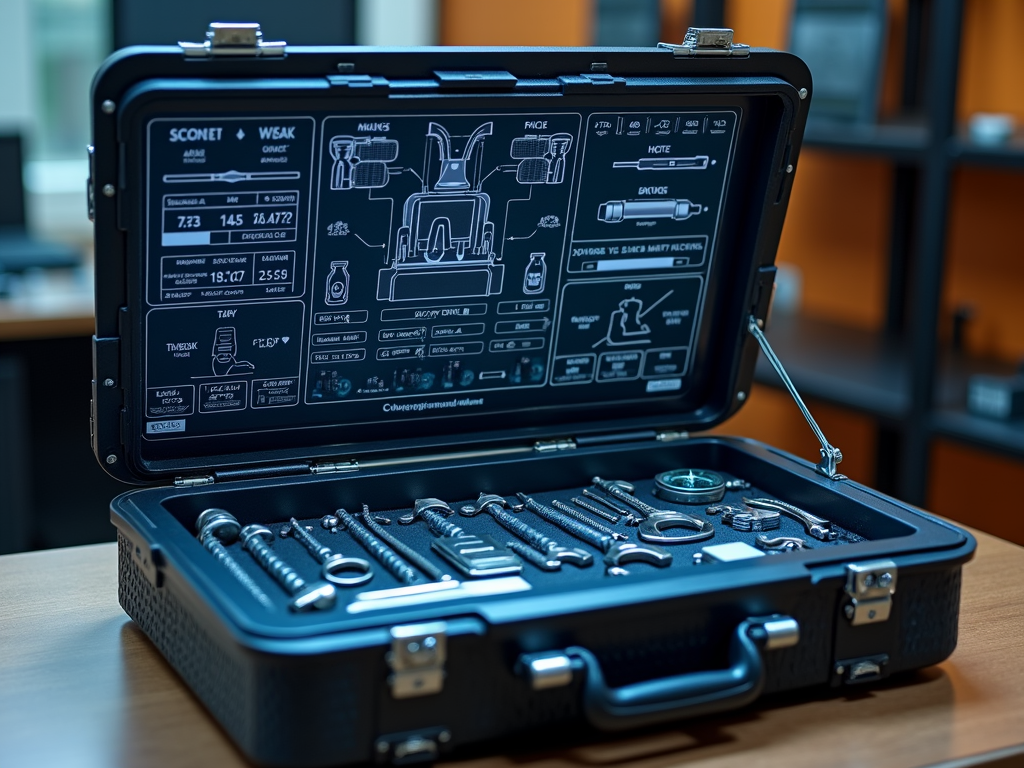Power tools are indispensable in both professional workshops and home garages, but they come with inherent risks. Ensuring safety while using these tools is paramount to prevent accidents and injuries. This article delves into the essential safety checks for power tools, providing you with the knowledge to use them safely and effectively. Whether you're a seasoned professional or a DIY enthusiast, understanding these safety measures can make a significant difference in your work environment.
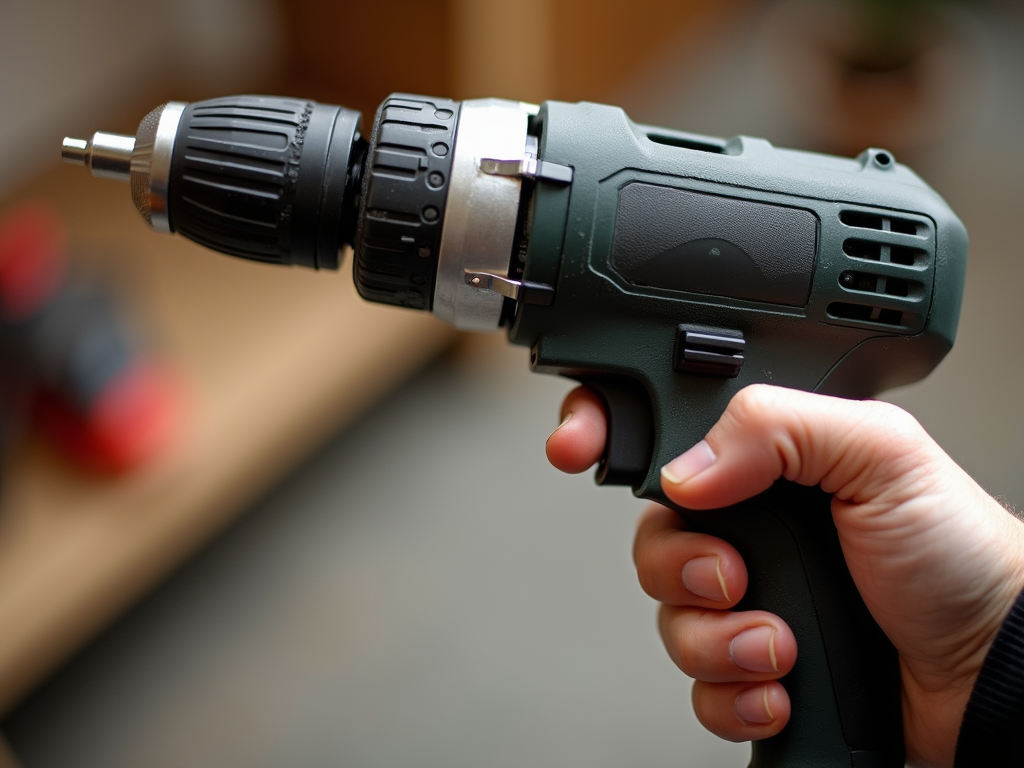
Why Safety Checks Are Crucial
Safety checks are not just a formality; they are a critical step in preventing accidents. Power tools, if not properly maintained or used, can cause severe injuries. From electric shocks to cuts and abrasions, the risks are real. Regular safety checks help identify potential issues before they become hazardous. They also ensure that your tools are in optimal condition, which can extend their lifespan and improve performance.
Pre-Use Inspection
Before you start using any power tool, it's essential to perform a thorough inspection. Here are the key areas to focus on:
- Power Cord and Plug: Check for any frayed wires, cuts, or exposed insulation. A damaged cord can lead to electric shocks or short circuits.
- Switches and Controls: Ensure that all switches and controls are functioning correctly. They should move smoothly without sticking.
- Blades and Bits: Inspect blades, bits, and other cutting accessories for sharpness and integrity. Dull or damaged blades can cause kickbacks or breakage during use.
- Guards and Safety Features: Make sure all guards and safety features are in place and operational. These are designed to protect you from moving parts and debris.
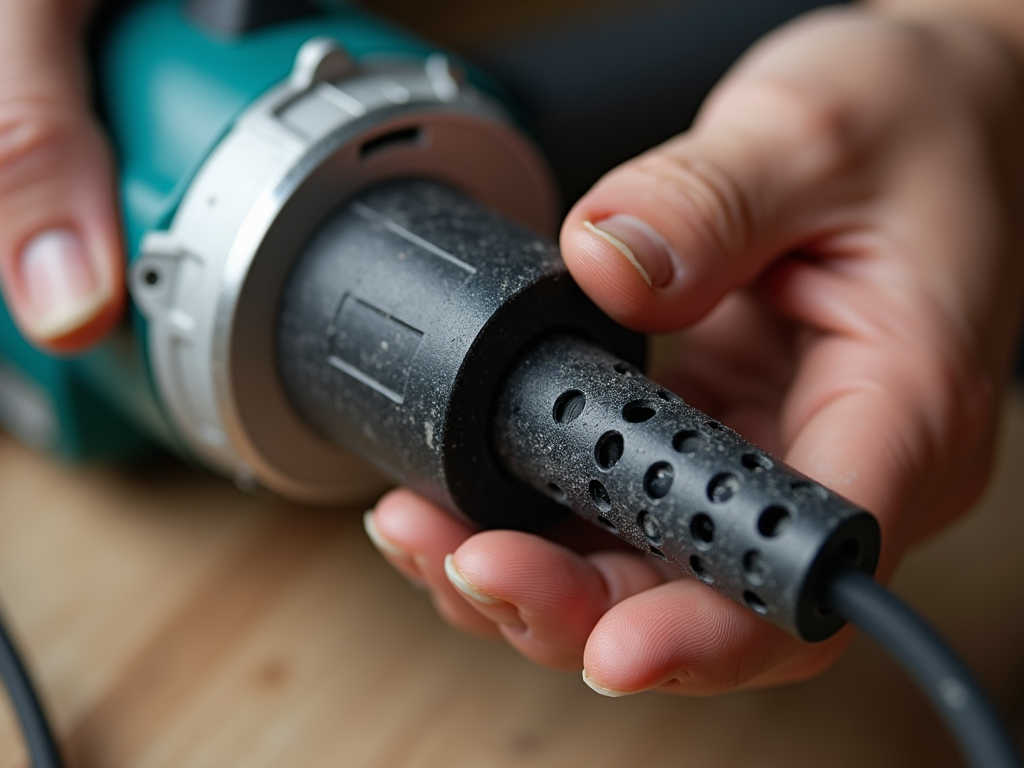
Proper Handling and Usage
Once you've inspected your tool, it's time to use it safely. Here are some best practices:
- Read the Manual: Always read the manufacturer's manual before using a new tool. It contains specific safety instructions and usage guidelines.
- Wear Protective Gear: Use appropriate personal protective equipment (PPE) such as safety glasses, gloves, and hearing protection.
- Secure Workpieces: Ensure that the workpiece is securely clamped or held in place to prevent it from moving during operation.
- Avoid Distractions: Focus on the task at hand and avoid distractions. Power tools require your full attention to operate safely.
Maintenance Tips for Extending Tool Lifespan
Regular maintenance not only ensures safety but also extends the life of your power tools. Here are some top maintenance tips:
- Clean After Use: Remove dust, debris, and residue from the tool after each use. This prevents buildup that can affect performance.
- Lubricate Moving Parts: Apply lubricant to moving parts as recommended by the manufacturer to reduce friction and wear.
- Store Properly: Store tools in a dry, clean place away from extreme temperatures and humidity. Use protective cases or covers if available.
- Regular Servicing: Schedule regular servicing for your tools, especially if they are used frequently. This can include sharpening blades, replacing worn parts, and checking electrical components.
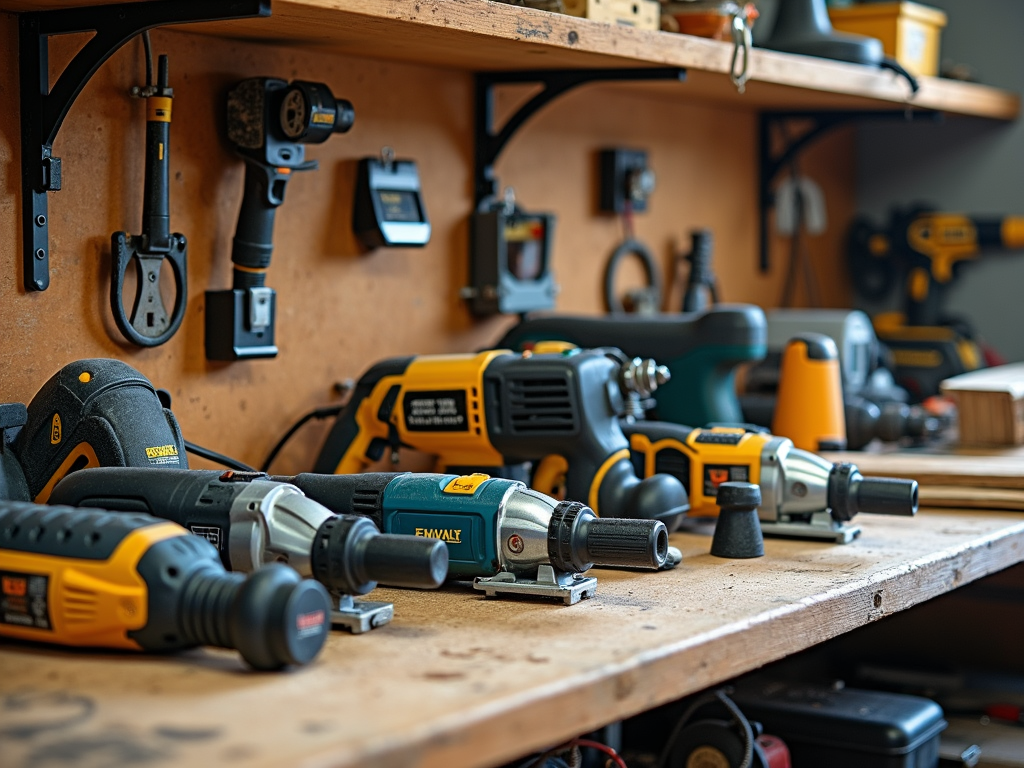
Specific Considerations for Automotive Repair and Woodworking
Different types of work require specific safety considerations. Here’s what to keep in mind for automotive repair and woodworking:
- Automotive Repair: When using power tools for automotive repair, ensure that the vehicle is properly supported with jack stands. Never rely solely on a jack. Also, be cautious of hot surfaces and moving parts.
- Woodworking: In woodworking, dust collection is crucial. Use dust extraction systems to keep your workspace clean and reduce the risk of respiratory issues. Additionally, ensure that your tools are equipped with anti-kickback features to prevent accidents.
Common Mistakes to Avoid
Even with the best intentions, mistakes can happen. Here are some common errors to watch out for:
- Ignoring Safety Features: Never remove or disable safety features on your tools. They are there for your protection.
- Using the Wrong Tool: Always use the right tool for the job. Using a tool for a purpose it wasn't designed for can lead to accidents.
- Overlooking Maintenance: Neglecting regular maintenance can lead to tool failure and safety hazards. Make maintenance a routine part of your workflow.

Conclusion
Safety should always be your top priority when using power tools. By performing essential safety checks, following proper handling procedures, and maintaining your tools regularly, you can create a safer work environment and extend the lifespan of your equipment. Remember, a little precaution goes a long way in preventing accidents and ensuring successful projects.
Related Essential Safety Checks for Power Tools:
- Top Maintenance Tips for Extending Tool Lifespan
- How to Use a Multimeter for Beginners: A Step-by-Step Guide
- The Ultimate Guide to Mobile Storage Carts for Tools
- Ergonomic Power Drills for Reduced Fatigue: A Comprehensive Guide
- How to Set Up Your Workshop: A Comprehensive Guide
- Safety First: Essential Gear for Every DIY Enthusiast
- The Ultimate Guide to Workman Tools for Contractors
- The Ultimate Guide to Hand Tools Safety Guidelines
- Best Wrench Sets for Construction Workers: Top Picks for 2023
- DIY Projects: How to Choose the Right Tools for the Job
- Maximizing Efficiency with Smart Toolboxes
- Innovative Workman Tools for Efficiency: A Comprehensive Guide
